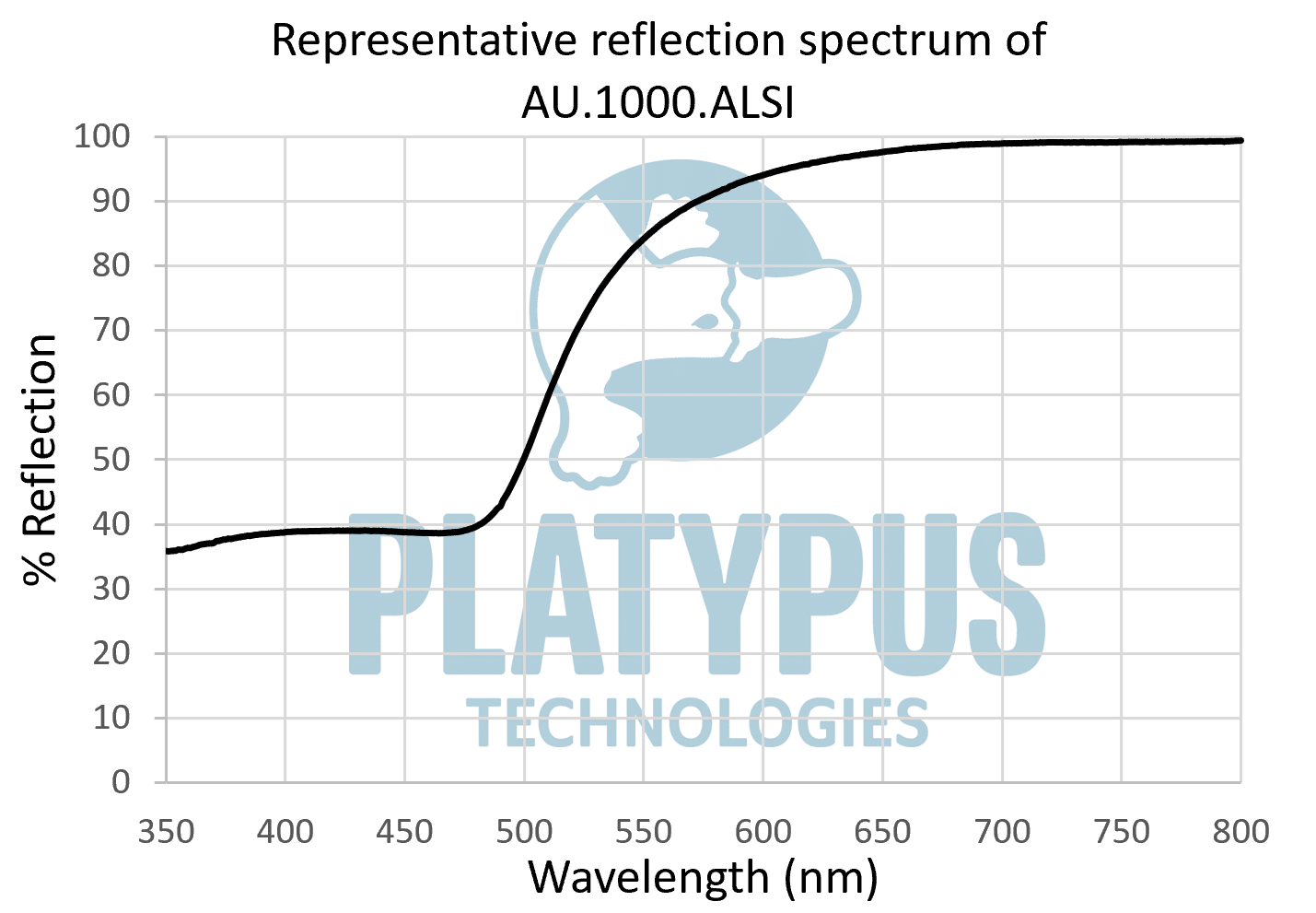Optical Reflection of Gold Thin Films
Gold, with its radiant gleam, has been revered for millennia, not only for its beauty but also for its unique properties. Especially in the realm of optics, the optical characteristics of gold thin films are pivotal for several groundbreaking technologies and innovations. In this blog, we will discuss the optical reflection of gold thin films.
Basics of Optical Reflection
Optical reflection occurs when a surface reflects light waves instead of allowing them to pass through or absorbing them. This reflection differs from transmission, where light travels through, and absorption, where a material absorbs the light.
Several factors influence the way a material reflects light. The surface roughness, film thickness, inherent material properties, and the angle at which light hits the surface all play a part in determining a material’s reflective properties.
Gold – A Unique Reflective Material
Gold’s significance in optics isn’t just historical folklore. Gold thin films, with their distinct reflective properties, offer capabilities other materials might not. This metal’s inherent interaction with light makes it a premier choice for reflective applications.
The spectrum of visible light interacts uniquely with gold. Each wavelength, or color of light, reflects differently, resulting in mesmerizing color characteristics. See the figure below for a spectrum of the optical reflection of gold thin films deposited on glass:

On observing the plot above, we notice that gold exhibits mirror-like reflection of more than 90% at wavelengths of light longer than 580-nm. These wavelengths include the following colors: yellow (580 nm), orange (600 nm) and red (650 nm).
However, at shorter wavelengths, we notice the reflection of light decreases rapidly and it plateaus at around 40%. These wavelengths include the following colors: cyan (500 nm), blue (450 nm) and violet (400 nm).
These observations explain the shiny yellow color of gold and gold thin films: longer wavelengths of light are reflected at higher percentages than shorter wavelengths.
This reflection behavior highlights gold’s potential for specific applications. For example, devices like optical filters or specialized mirrors can harness gold’s high reflectivity at long wavelengths.
Applications of Gold Thin Films
- Photonics and Plasmonic Devices: The field of photonics greatly benefits from the reflective properties of gold thin films. They play a significant role in guiding light, especially when dealing with phenomena like surface plasmon resonance.
- Mirrors and Reflective Surfaces: Scientific instruments, telescopes, and even decorative mirrors sometimes leverage the high reflectivity of gold thin films, enhancing their performance or aesthetic appeal.
- Solar Energy: The reflection properties of gold can be harnessed for applications in solar energy, potentially contributing to more efficient solar concentrators.
Gold thin films, with their enchanting reflective properties, continue to be at the forefront of optical research and applications. As we delve deeper into understanding these properties, the horizons for their application seem boundless.
Want to explore further? Dive deep into the fascinating world of optics with other insightful articles on our website. And if this golden piece of information resonated with you, share it with your peers and spread the shimmer!